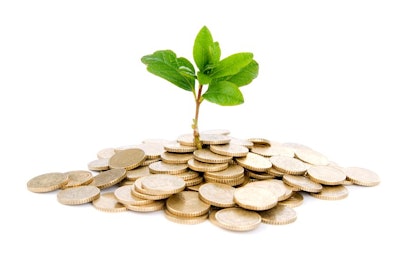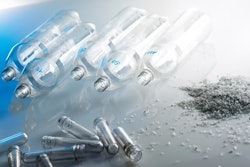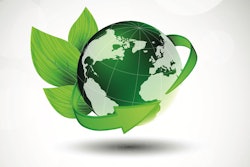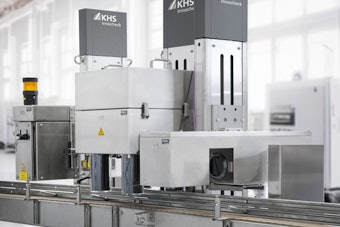
A new study by Trucost finds the environmental cost of using plastics in consumer goods and packaging is nearly four times less than if plastics were replaced with alternative materials. The study is based on natural capital accounting methods, which measure and value environmental impacts—such as consumption of water and emissions to air, land, and water—which are not typically factored into traditional financial accounting.
Previous reports, such as “Valuing Plastics” (2014) by Trucost and “The New Plastics Economy: Rethinking the Future of Plastics,” (2016) by the World Economic Forum, only examined the environmental costs of using plastics.
Trucost’s latest study, “Plastics and Sustainability: A Valuation of Environmental Benefits, Costs, and Opportunities for Continuous Improvement,” builds on earlier research by comparing the environmental costs of using plastics to alternative materials and identifying opportunities to help lower the environmental costs of using plastics in consumer goods and packaging.
These results disrupt a common misperception around plastics. Trucost found that replacing plastics in consumer products and packaging with a mix of alternative materials that provide the same function would increase environmental costs from $139 billion to $533 billion annually. That’s because strong, lightweight plastics help do more with less material, which provides environmental benefits throughout the life cycle of plastic products and packaging.
The study also concluded that the environmental costs of alternative materials can be lower per ton of production but are greater in aggregate due to the much larger quantities of material needed to fulfill the same purposes as plastics.
In addition, the report’s authors recommend steps to help further reduce plastics’ overall environmental costs, such as by increasing the use of lower-carbon electricity in plastics production, adopting lower-emission transport modes, developing even more efficient plastic packaging, and increasing recycling and energy conversion of post-use plastics to help curb ocean litter and conserve resources.
“We are very excited to present ‘Plastics and Sustainability,’ the largest natural capital study ever conducted for the plastics manufacturing sector,” says Libby Bernick, Senior Vice President North America for Trucost. “This report provides the clearest picture to date of the relative costs and benefits of plastics compared to alternative materials as well as important opportunities to enhance the environmental performance of using plastics in consumer goods.”
“We now have a fuller picture of the environmental benefits of using plastics,” says Steve Russell, Vice President of Plastics for the American Chemistry Council, which commissioned the study. “From lighter, more fuel-efficient cars to smart packaging that helps our favorite foods last longer, our industry is committed to ongoing innovations that will advance sustainability across major market sectors and the globe.
“Now is an exciting time for plastics and for sustainability. Emerging economies around the world are creating opportunities for more people to have access to health and hygiene products, good nutrition, and the things that help us get more out of life. Making smart choices about what we produce and how we produce it will benefit people and the planet.”
“By leading in innovation and performance, the world’s plastics industry has demonstrated its ongoing commitment to help create a more sustainable future,” says Jeff Wooster, Global Sustainability Director for Dow Packaging and Specialty Plastics and chair of ACC’s Packaging Team. “This report provides a new tool to explore opportunities to further enhance plastics’ environmental performance with brand owners, shippers, recyclers, and other value chain partners.”


























